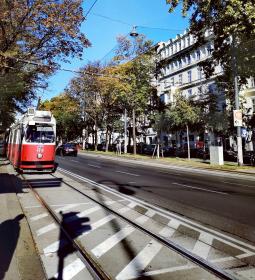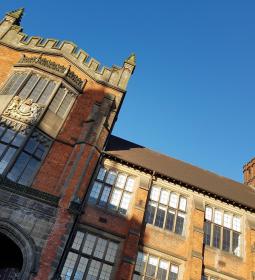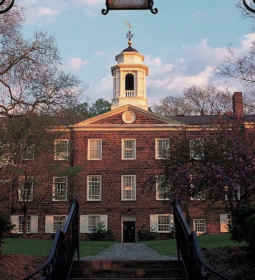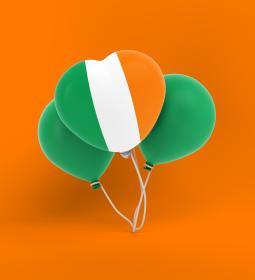The Ivy League is an association of eight of the most famous universities in America, and 7 of them first enrolled students before the declaration of independence, meaning they belong to the colonial period. These universities are as responsible for creating the image of the modern United States as the founding fathers, pioneers, successful businessmen and business tycoons, scientists, preachers, directors and film actors, because the League is engaged in the education of the national elite, along the way supplying personnel for other countries.
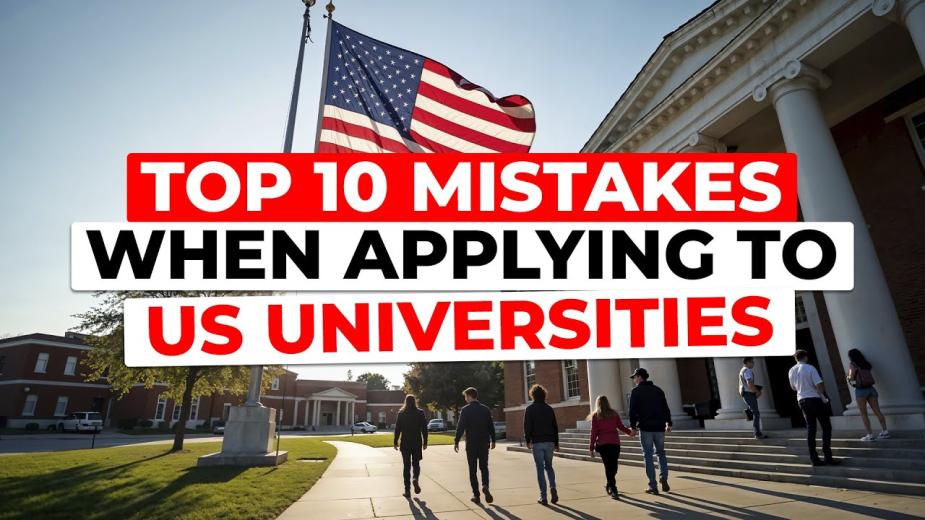
Today, the League unites 7 universities: Harvard, Yale, Columbia, Princeton, Brown, Cornell and Pennsylvania, and one college, Dartmouth. Formally, there is no difference in status between them, the status of Dartmouth is just a tribute to traditions.
The ancient walls of these venerable establishments have become a second home for the offspring of royal families and heirs to impressive fortunes, the sons and daughters of tyrants and titans. However, the prestige of these places is due not so much to the stellar composition of students and teachers as to their unwavering dedication to science, excellent conditions (some libraries can compete in terms of book depositories with the state depositories of a medium-sized European country, and laboratories participate in national research), as well as solid funding: in 2020, 8 universities allocated a total of 230 million USD for internal, student research (in addition to several billion dollars in funds from research centers and institutes existing at the university or in partnership with it).

All this, coupled with the brilliant teaching staff, promises the graduates the brightest prospects. In addition to it, among the graduates there are already four hundred Nobel winners, dozens of American presidents (and countless politicians from other countries), a legion of movie stars, musicians, artists, talented managers, business owners and top managers.
How did the Ivy League come about?
The most venerable American universities were prompted to unite not by science or even by issues of national prestige. In fact, it's all the fault ... sports.
There are two legends.
- According to the first, the name was invented by journalists - this is how they called the league in which the sports teams of these eight oldest universities in North America played in the mid-30s. And all because in the colonial era and up until the beginning of the XIX century in New England there was a tradition to plant ivy shoots on the day of the foundation of the university.
- The second is also related to ivy: one Boston journalist allegedly compared the players of the Princeton and Columbia University national football teams to the leisurely growth of this climbing plant.
It is difficult to say which version is more similar to the truth, but the name stuck, and in 1954 it was officially registered - an entire division was formed within the framework of the National Football Association of Student Teams. Well, a decade or two later, the universities themselves began to be called so.
Admission to the League's universities
De jure, admission to the League's universities has the same requirements as in other American universities: a foreign student needs to write an application, attach a copy of educational documents and the results of entrance exams, and confirm their level of English. Of course, you can't do without motivation and recommendation letters.
Another thing is that the passing scores here are noticeably higher compared to all other universities, so the dropout rate is very high: for example, at Princeton University, as a result of competitive selection, only 7-8% successfully enter, and at Pennsylvania University - 12%. Most often, success is achieved by those who begin preparing for admission 3-4 years before submitting documents, although this is a kind of extreme: in fact, Americans begin preparation from the moment they cross the threshold of high school!

However, the League, like any other American universities, has not only a "main entrance". If your academic achievements clearly do not leave hope for successful admission, you can take sports: the universities of the League willingly take athletic young people, hoping that they will bring glory to the university by defending the colors of the university at prestigious competitions.
Features of the educational process
To reiterate: sports are an integral part of education at the League's universities, here it is given tremendous importance (as, by the way, in other North American universities).
Yale, Princeton, and other venues have a range of athletic teams in a variety of disciplines and skill levels, athletes train in the best world-class stadiums, have professional coaches and doctors, massage therapists and nutritionists, and great gyms. The games generate a lot of interest, some are broadcast by local sports channels, and they even sell guest tickets (sometimes the fees are charitable, but usually the university is just trying to at least partially compensate for the cost of sports training for students).

Outside the football fields and gymnasiums, the students of the League's universities have no time for boring - almost all of their time is spent in class. When asked about college life, they often think of countless lectures and seminars, hours spent on homework, essays, and labs, gallons of coffee, four or five years of hard work.
Students are expelled relatively rarely - the share of such "lucky" does not exceed 4-5%.
Of course, there are also dashing parties reminiscent of the glorious years of European medieval students. Did you know that during student holidays in Oxford and Cambridge, the local population tried not to show themselves to students, and the count of knocked out teeth and broken arms and legs was in the hundreds?! But today everything is within reason, of course.
In general, students live cheerfully. Each university has hundreds of clubs, circles, choirs and orchestras (we have already mentioned sports teams earlier), magazines and almanacs are published here, radio and television broadcasts, satellites are launched into space and expeditions to Everest are sent here.
All this, of course, cannot be achieved alone, and universities make significant efforts to help students find like-minded people with whom they will be on the same wavelength.
Each university has a well-thought-out system of support for those who are having a hard time: special centers and services help foreign students, representatives of ethnic minorities, and the poor to adapt (by the way, scholarships and other forms of support are provided for them).
Each university in the League has its own profile
Almost all universities in the League offer applicants a full range of programs, from astrophysics to linguistics and MBA. However, each university also has its own profile — something in which it is considered the strongest.
- For example, at Harvard, these are traditionally programs related to medical preparation and MBA.
- Yale University welcomes those who would like to realize themselves in politics and economics, culture and arts, and natural sciences.
- Columbia University is an excellent student of engineers and biologists, brilliant lawyers and advocates, political scientists, and social and human researchers.
- Dartmouth College is considered by many to have the best history teachers in the world (in addition to engineering, biology, and biochemistry).
- Cornell University also specializes in medical professionals, engineers, and journalists.
- Pennsylvania ( also prepares journalists well) focuses on social sciences, mass media, mass communication, design, and the arts.
- Finally, Princeton has a strong financial and technical direction, and it also has the strongest school of film and theater arts on the East Coast of the United States.
The price of the issue: a million and a little more
Studying at one of the best universities in the world simply cannot be cheap by definition. On average, a year here will cost several tens of thousands of dollars. At the same time, it is not enough just to enter, you will need somewhere to live and eat something, so the cost of the program can be safely multiplied by 1.5-2.
However, as in any American university, costs can be reduced with the help of grants and scholarships - both those based on the criterion of need, and for gifted youth. However, one should not flatter oneself: the competition here is so high that not only talented, but also very meticulous, attentive to detail students with perfect, strong applications can count on help.



